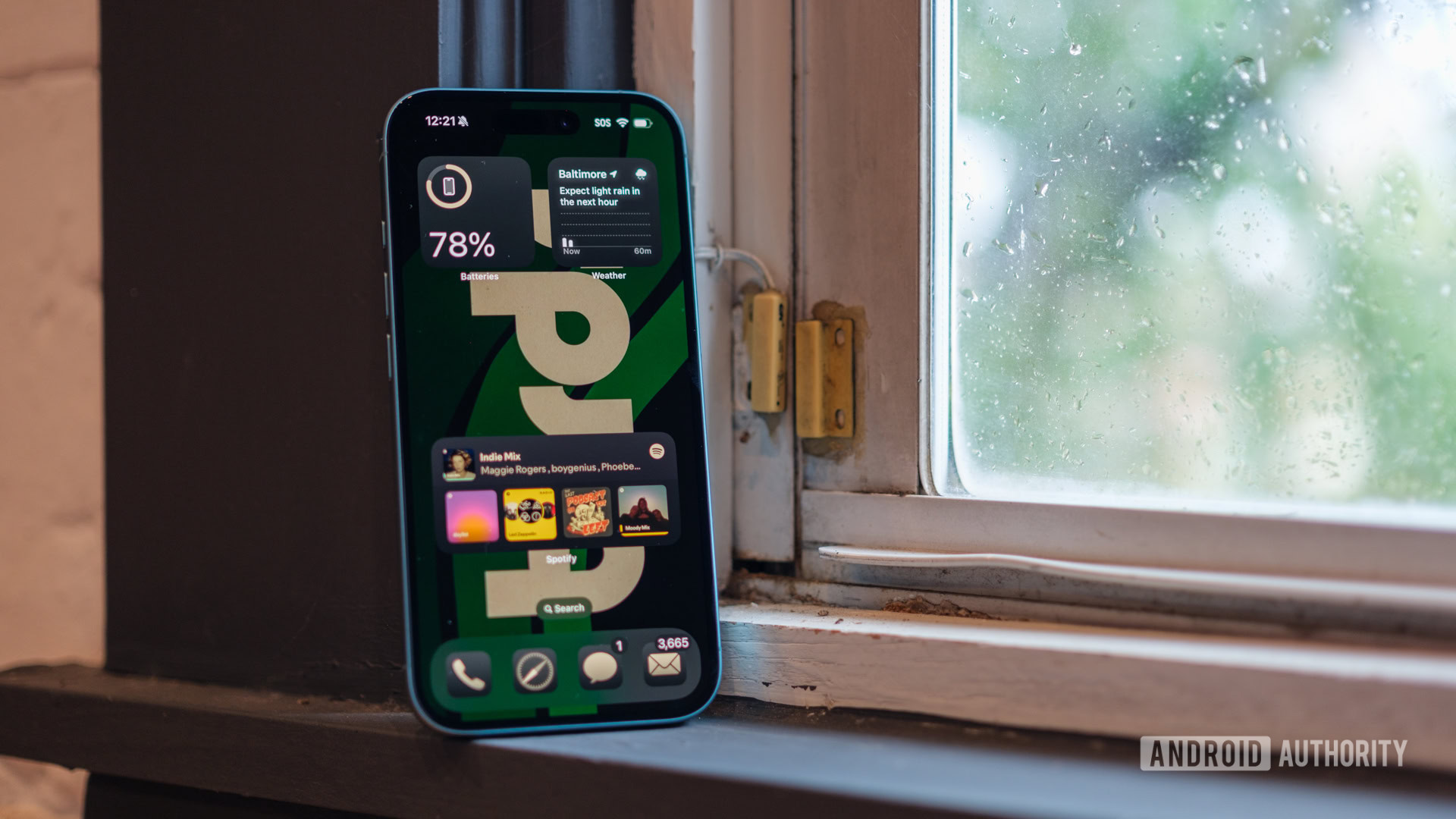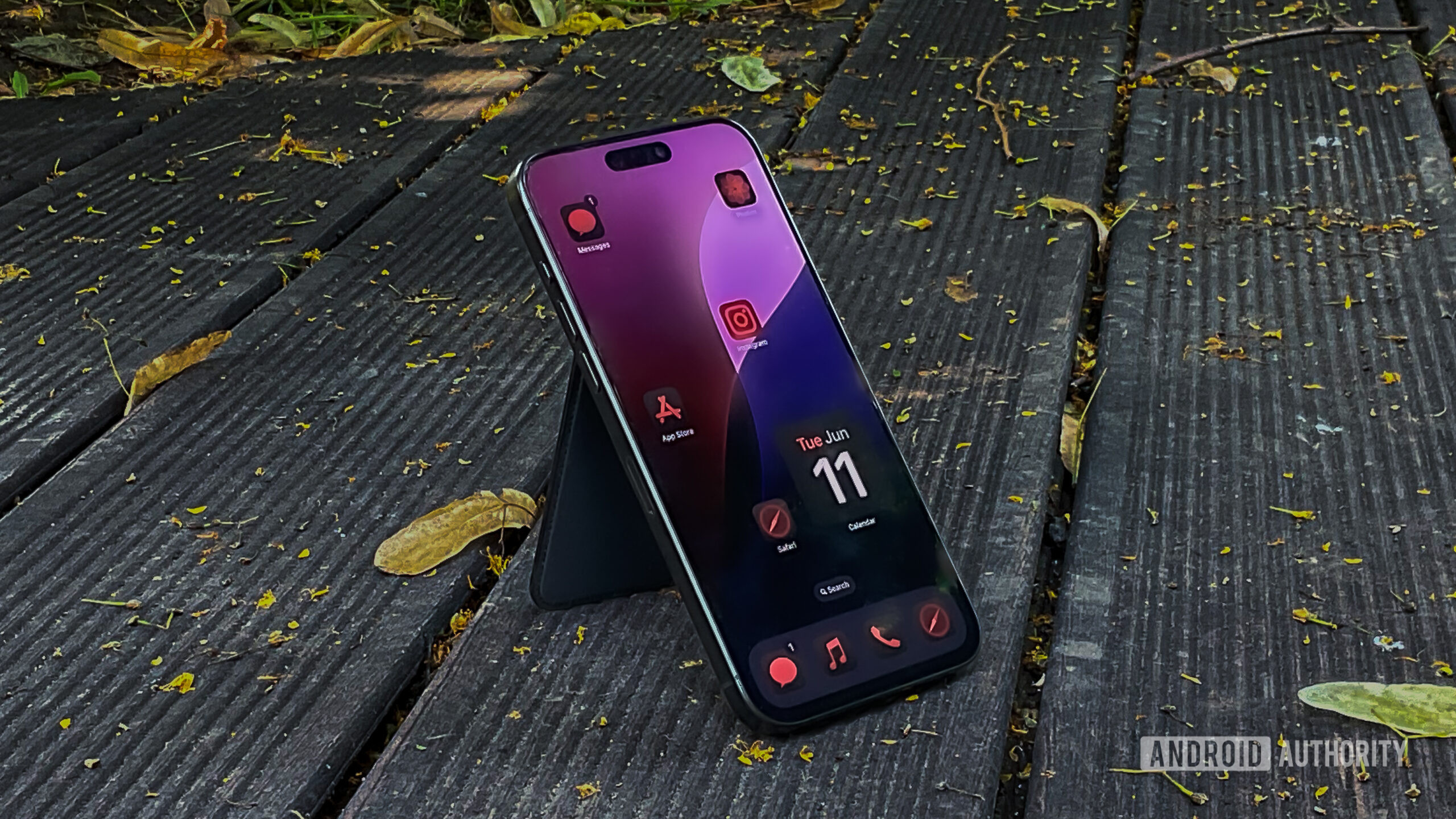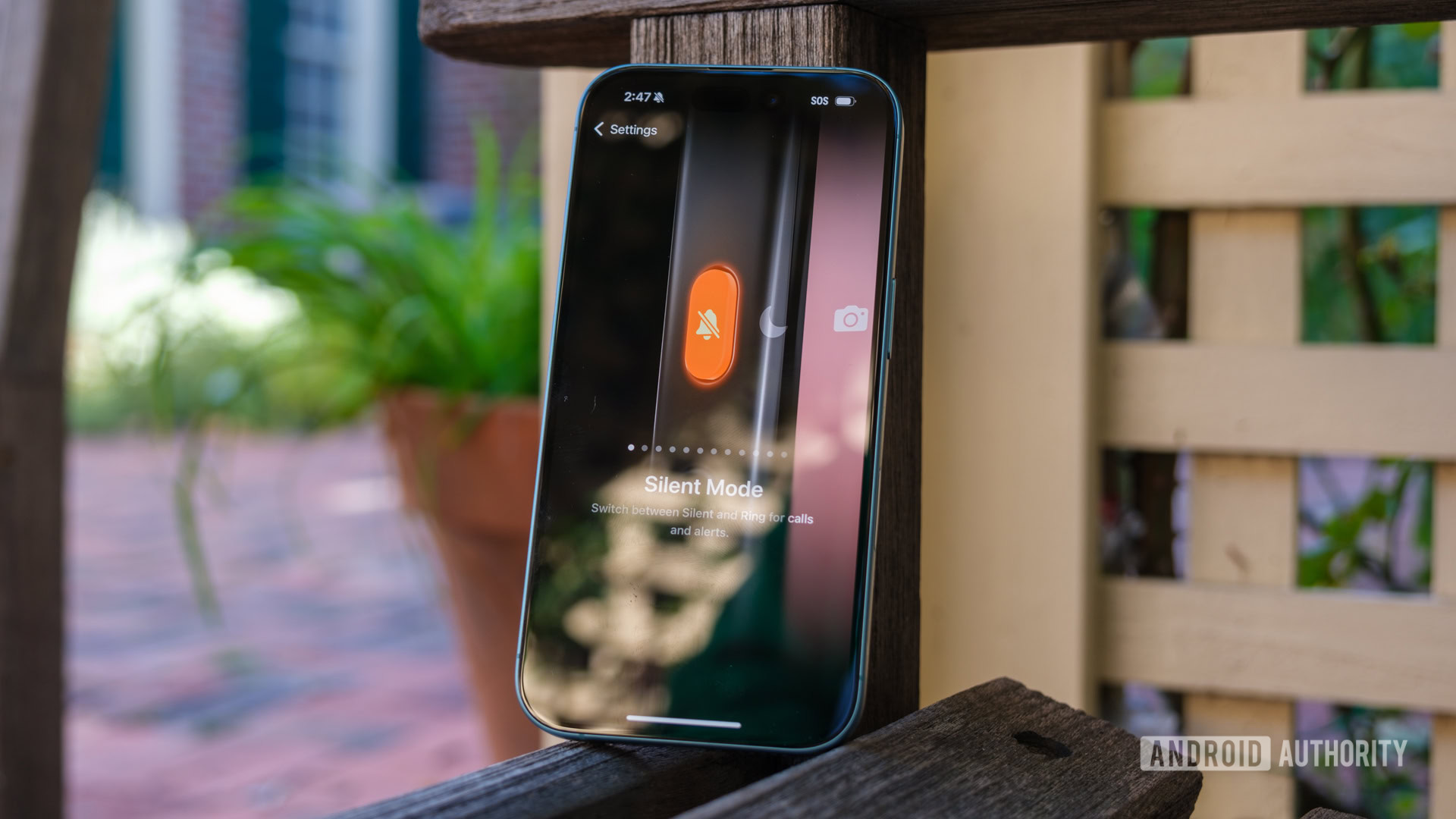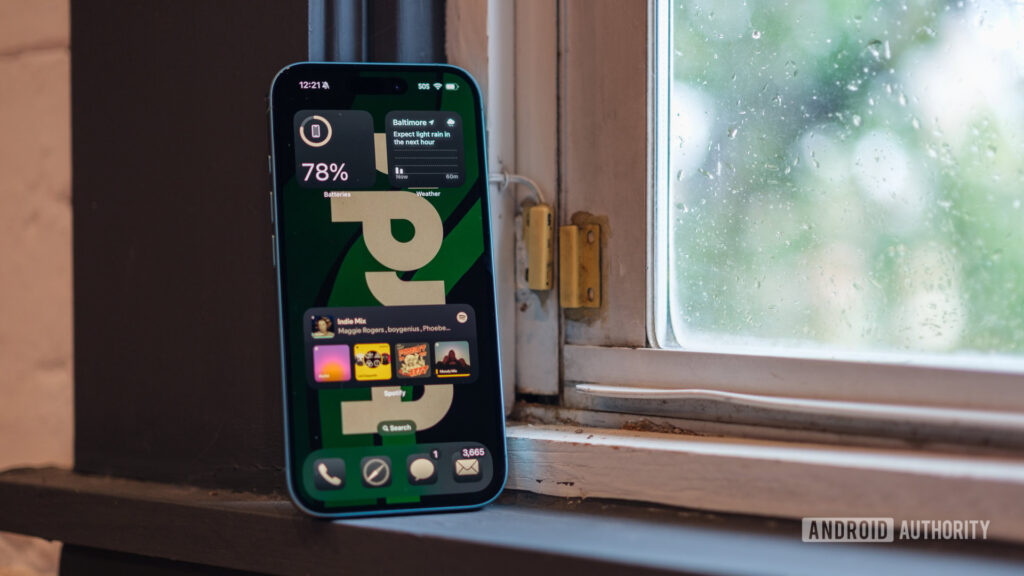
Ryan Haynes / Android Authority
When the iPhone 15 was released last year, I took the plunge and switched from Android after 10 years of loyalty. We had hoped that Apple’s long-awaited adoption of USB-C would ease the transition. Unfortunately, I quickly realized that I was missing out on certain features like Android’s extensive customization and notification channels. But with each iOS update, Apple seems to be listening to its users and addressing common pain points for Android users as they transition.
In that vein, this year’s latest iOS 18 update brings a slew of customization options and usability improvements that could finally give you the flexibility I’ve always loved about Android. But is it enough to convince a longtime Android user like me to stick with iOS this time around? I think so, and here’s why.
Your home screen is truly yours

Mahmoud Itani / Android Authority
After nearly 20 years, iOS finally lets you place icons anywhere on your home screen, with as much blank space as you like. You must respect the underlying grid, but there are few other restrictions. Spacing between icons may not seem like a big deal, but it’s an important feature to me. This means you can avoid placing icons along the top edge of the screen that are difficult to reach with one hand. I also get to show more of my wallpapers, which I really appreciate from Android.
The latest versions of iOS allow a surprising amount of icon-level customization beyond placement. For example, you can now completely remove your app’s labels for a more minimalist look, or make certain icons larger than others. And that’s all before we even talk about widgets, which have been neglected on Android for a while now. Needless to say, built-in and third-party iOS widgets offer much more functionality than Android, and you can stack them as well. The only thing that comes close to matching this experience is Samsung’s One UI skin.
The iOS 18 update also introduces a wealth of icon theme options. You can’t install completely custom icon packs, but the color adjustments and dark mode options should be enough for most Android users, including me.
The iPhone home screen is now more Android-like, but some frustrating limitations remain.
Of course, iOS doesn’t replicate the traditional Android launcher experience until you can swipe up to reveal the app drawer. I’m also not happy that Apple doesn’t let me choose a custom grid size like many Android launchers do. The default density results in a lot of wasted space, especially on large models. At the very least, moving from an iPhone 16 to an iPhone 16 Plus should add a row of icons.
So while the home screen change is a step in the right direction, I wouldn’t call it an Apple service. better Better than countless Android launchers that have been around for over a decade.
Lock and hide apps
When it comes to managing your home screen, locking and hiding apps is an example of the small quality-of-life features that Apple has managed to perfect. Even if that isn’t enough to convince you to switch to an iPhone. In iOS 18, you can long-press on an app icon and select a new option to hide it behind an additional Face ID gate. This will move the app to a secure “hidden” folder on your app library page. This is a useful feature if you frequently hand over your phone to strangers and don’t want to access your messaging apps while you’re casually scrolling through your phone.
This isn’t a groundbreaking feature, but it’s surprising that Android doesn’t already offer a feature like this at a system-wide level. You can also download third-party launchers that do the same thing, but they only provide the illusion of security. Fortunately, you can still use the Secure Folders or Private Spaces feature in One UI in Android 15 to create private spaces for your apps and data. However, this is more like another user account in PC parlance, and isn’t as convenient as tapping to authenticate individual apps.
Given that Google already offers locked folders within the Google Photos app, we hope the ability to hide a single app comes to Android sooner rather than later.
action button

Ryan Haynes / Android Authority
The iPhone 16 series introduced a camera control button with a capacitive sensor that you can slide your finger over to access features like zoom. But even before that, the iPhone 15 Pro replaced the mute switch with a programmable action button. Given Apple’s usual one-size-fits-all policy, you’d expect the buttons to be limited to one or two functions. But the company has broken with tradition here by allowing you to customize the buttons for different actions that are really useful.
You can also set action buttons to launch the camera, turn on the flashlight, open a specific app, or perform custom shortcuts for more complex routines. It’s a small addition, but it provides a level of flexibility that’s rare from Apple. And surprisingly, I haven’t seen it replicated on Android yet. The Pixel’s quick tap gesture and Samsung’s remapping of the Bixby button come to mind, but the latter didn’t last long, and Google has changed the way the power button works countless times at this point.
Again, the action button isn’t revolutionary, but it helps bridge the huge customization gap that has existed between iOS and Android for years.
shortcut app
If you’re a long-time Android user, you might already be familiar with the automation app Tasker. You can create custom routines and actions, such as automatically turning off Wi-Fi when you leave the house or enabling auto-rotate when you open the Netflix app. However, Tasker is a separate app and some of its powerful features require ADB permissions and even root access, which isn’t practical for everyone.
Apple’s Shortcuts app does essentially the same thing on iOS, but with an even more user-friendly interface. This isn’t a new feature, but given Apple’s reputation for favoring simplicity above all else, I was surprised to find it when I first started using my iPhone. And if you want to play around a bit, you can also use shortcuts to work around certain iOS limitations, like setting a custom app icon.
The Shortcuts app is an underrated iOS feature that should come to Android.
Samsung does offer similar functionality via Bixby Routines, but most people don’t go that far into the Bixby menu, and it’s not available on my Pixel. I wish I could turn off my Pixel’s always-on display during certain times, like when I’m sleeping, or automatically send a WhatsApp message to my partner when I tap an NFC tag in my car. .
You can do a lot of device automation with Tasker on Android, but it often feels more like a workaround than a fully integrated solution. This makes the Shortcuts app an example of how Apple provides sophisticated and powerful options to encourage advanced users like me to switch from Android.
iOS Control Center beats Android
Like the power button, Google has changed various aspects of Android’s notification shade and quick settings menu more often than I would like. However, like the decision to combine Wi-Fi and mobile data switching, not all of these changes have been consequential or well-received. Apple, on the other hand, is only improving the iPhone’s Control Center (the equivalent of Android’s Quick Settings menu).
iOS 18 adds the ability to rearrange the layout of controls in Control Center and remove toggles that you don’t use. At face value, this might seem like iOS is finally catching up to what Android has been offering for years. But Apple didn’t stop there and added the ability to resize controls, similar to home screen widgets. This interface also now has the ability to create multiple pages for different controls. This means you can create pages dedicated to smart home controls, pages dedicated to media playback controls, and more.
As an Android user, the iPhone’s Control Center seems much more customizable and interactive. For example, you can add a dedicated cellular data toggle, which already has more options than the latest Android versions. Additionally, I would like to add individual toggles for the smart home and programmable buttons that can open any app. Again, these are possible on Android, but require a suitable third-party app.
Overall, the iOS 18 update is not only a step in the right direction, but also a clear sign that Apple has finally opened its eyes to the benefits of customization. This brings iPhone closer than ever to the flexibility Android users have enjoyed for years without losing the simplicity of iOS. However, for me personally, there are still areas where Android is still ahead, mainly when it comes to notification management. But one or two more big iOS updates and I can see myself and many other Android loyalists being tempted to the other side.


